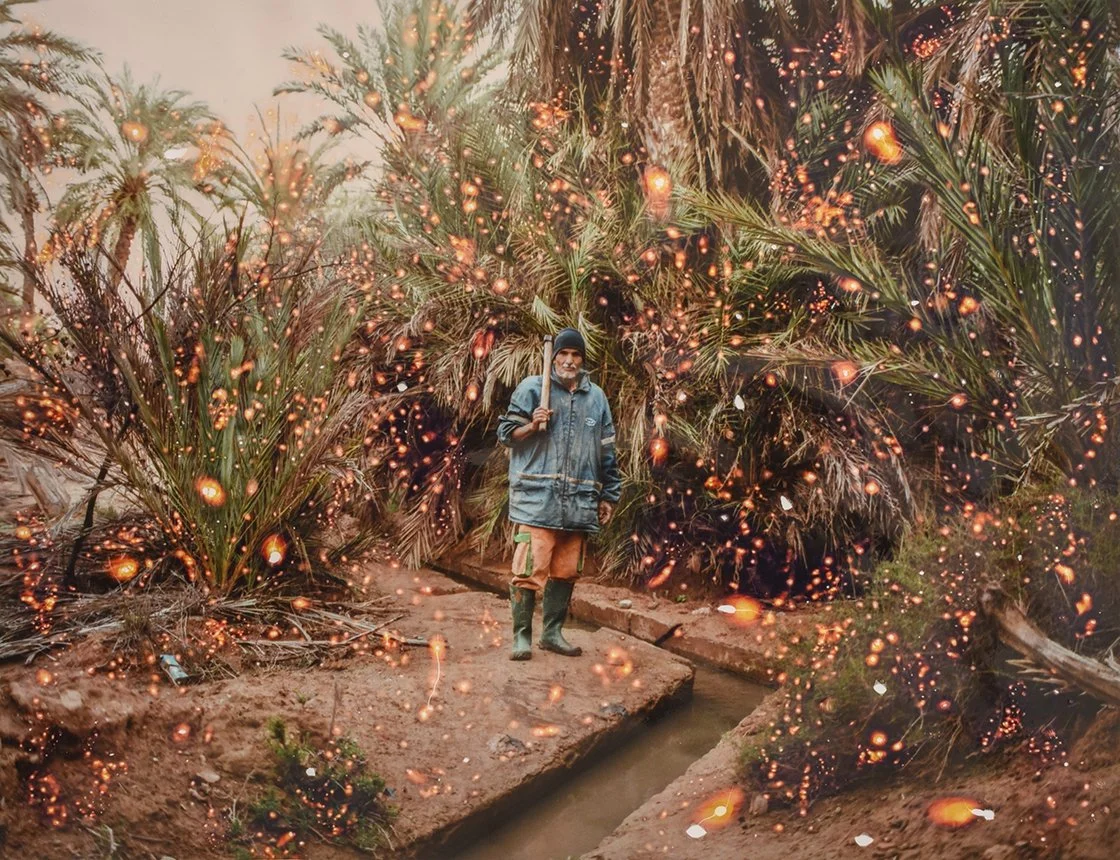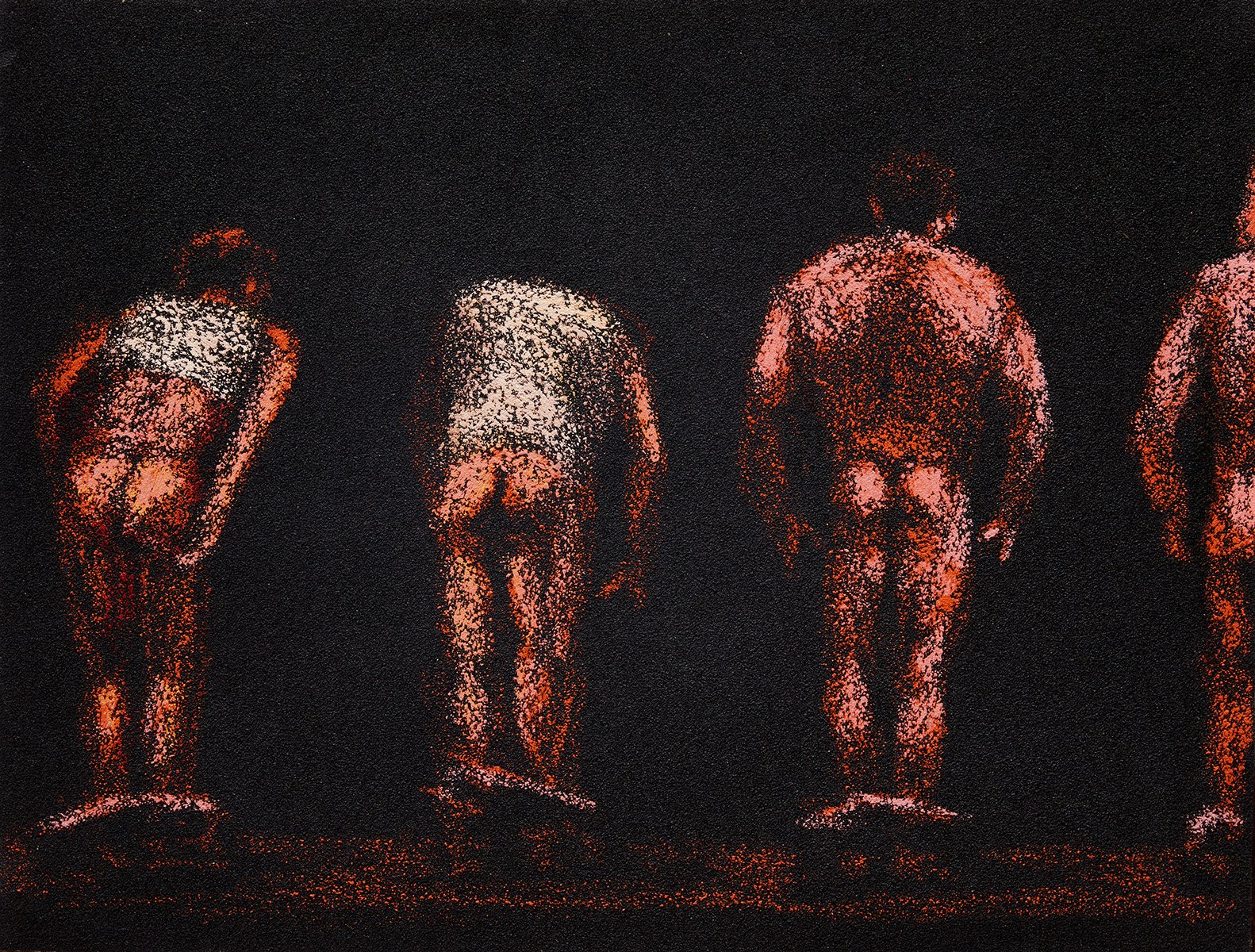Exhibition Review: Linda Troeller
Linda Troeller, Fango (1994), Giclee Print,
13 x 19 in. Image courtesy of the artist.
Self Power | Self Play: 50 years of Erotic Portraiture at the Museum of Sex
Written by Melia Chendo
Copyedited by Chloë Rain
Photo Edited by Alanna Reid
Self Power | Self Play opened at the Museum of Sex on October 19, offering a retrospective account of erotic portraiture photography by Linda Troeller. The exhibition reviews fifty years of Troeller’s provocative and empowering depiction of female sexuality. By intimately capturing female-identifying subjects’ passionate expressions of pleasure and orgasm, Troeller normalizes female sexual desire while also exposing the common viewer’s discomfort with its publicity. It is almost as if she is disclosing sex to show the viewer that its presence is a secret to begin with.
As one walks into the gallery, they are immediately confronted by three massive portraits of several nude women masturbating. Each woman is depicted in motion– in the midst of this sexual act– and with bold facial expressions. In these moments Troeller captures, the women are anything but passive. They are anything but locked within the patriarchal bounds of gendered sex norms– they are actively breaking this silence. Set in the space of the bedroom, there is a strong tension that arises between the vulnerability of these women and their direct visibility. As Linda Troeller observes the intimacy of personal environments and sensual acts, she powerfully juxtaposes the private and public spheres of sexuality. Her work actively engages with how these spheres interact with one another in our culture and shape our perceptions of ourselves and others.
Linda Troeller, Self-Portrait, Moss, New
Orleans (2016), Gelatin Silver Print, 11 x
13 5⁄8 in. Image courtesy of Bryn Mawr
College Special Collections, 2019.75.42.
Beyond these three centered portraits to the left lies a wall of photographs focused on female bodies in nature. Document from Pt. Lobos (1980) portrays Linda Troeller basking in the light of a coastal sunset; her nudity is pronounced by gold highlighting every inch of her against the darkness of a shadowed sea cliff. Another self-portrait of Troeller shows herself sensually rubbing prickly green pine needles against her body (Linda, First Orgasm, Pine Needles, 2014), creating an unexpectedly strong and unsettling connection between her sexuality and nature. In these photographs, eroticism is expressed through nature, calling attention to Linda Troeller’s idea that sex is an “innate power hidden” within us. Throughout the exhibit, sex is shown as something that occurs naturally but is also shaped by our private and public selves.
In photographs on another wall, bodies are juxtaposed with the presence of sex toys, magazines, ropes, and accessories, demonstrating how sex is institutionalized and structured by external forces. In Gudrun, Germany (2014), a nude subject is photographed face-down with their back arched and their wrists bound by a silver chain. Faceless and locked in a stiff position, this subject appears as mechanical; they are framed only as a bare body characterized by musculature, and their back is physically shaped and positioned by the bondage tool. Similarly, in Maria (1998), a subject’s face is completely covered by a black mask and harness, and half of their body is exposed. The material objects in each of these photos help to create the image of BDSM while also impacting the way in which each subject is posed. This interaction raises questions about how individual bodies and sexualities are disciplined by media, consumerism, and other economic/political/cultural forces.
Linda Troeller, Floating (2017), Giclee
Print, 7 x 10 1⁄2 in. Image courtesy of the
artist.
Linda Troeller’s usage of water as a prop is also prominent. In her photographs, water becomes seductive and playful. She captures its softness as it molds around the shapes of bodies and interacts with the textures of women’s skin. The transformative quality of water adds to the sensuality of each scene that she is illustrating.
Troeller’s sense of perspective throughout Self Power | Self Play amplifies the viewer’s awareness of the ways in which women “play”– how they find intimacy among themselves and with the world around them. In doing so, she celebrates the omnipresence of the erotic and all of the ways in which it can be discovered and experienced.
Linda Troeller, Self-Portrait, Annie
Leibovitz Workshop (1987), SX-70 Color
Polaroid, 3 1/8 x 3 1/16 in. Image
courtesy of the artist.







